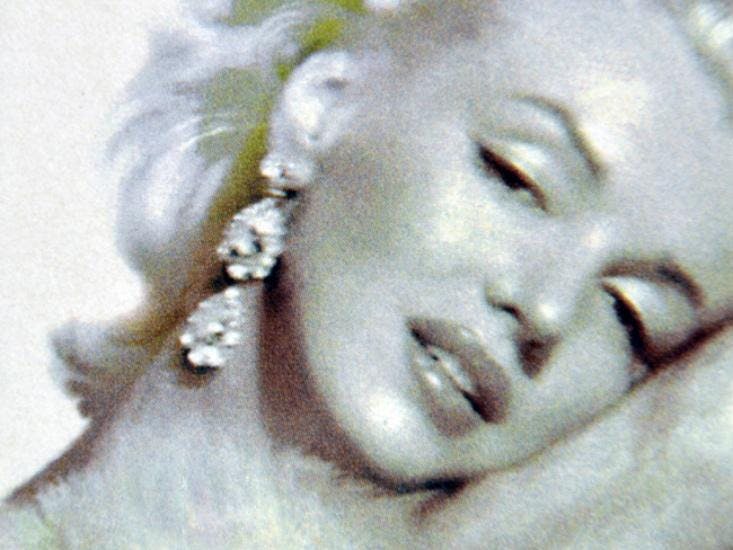A woman walks in to the room. She is wearing a white dress and has a mole over her bright red lips. She could be anybody, but you might have instantly guessed she was Marilyn Monroe.
For every famous person, there is a handful of traits that we use to recognize them. Caricaturists and comedians who do impressions of famous people know this well. They seize upon those defining characteristics—the big teeth, the broad forehead, the button nose. When Tina Fey was asked about the Sarah Palin impression that arguably became more recognizable than the VP candidate herself, Fey said, “Sarah Palin has real hard R’s…and that’s the real Midwestern accent. It was also that she would smile through saying pretty aggressive stuff…You know, the, the, the hockey mom with pit bull and lipstick, and she was always smilin’ at ya, and then turnin’ the knife.” Separated, these are simply traits that describe any number of people. Together, they helped Fey become instantly recognizable as somebody she’s not.
In our brains, the images of celebrities occupy a special space, drawing the focus of specific parts of our brain. One experiment found “Jennifer Aniston neurons” that fired only when subjects were shown a picture of her, and not someone else. You might have a Halle Berry neuron, or a Benedict Cumberbatch cell—one that responds to each the star instantly (though it’s unlikely that the entire concept of that person, and nothing else, is encoded in one cell).
This recognition is the currency of celebrity. The more people who have neurons dedicated to a star’s image, the more that star is likely to make from advertisements, movie deals, concerts, and speeches. This recognition is so valuable, in fact, that it can be protected by law. The right of publicity is “the right to control the use of one’s own name, picture, or likeness and to prevent another from using it for commercial benefit without one’s consent.” It protects you and me from being featured in ads without our consent, but it also allows celebrities to protect their persona from impostors.
The most famous early case asserting someone’s right of publicity involved human cannonball Hugo Zacchini. In 1972 a reporter from an Ohio television station filmed Zacchini’s act and broadcast it on television. Zacchini sued, arguing that the value of his act was the public’s willingness to go and see him shoot out of a cannon in person. Putting the act on television took away from the demand. The case went all the way to the Supreme Court, who ruled in favor of the human cannonball.
In many states, the laws regarding rights to publicity protect not just a direct recording of a person, as in Zacchini’s case, but even a recognizable idea of them. These rights were demonstrated when Bette Midler sued Ford Motor Company and Tom Waits sued Frito-Lay—both artists had declined to voice commercials and both companies had impersonators do the spot instead. Midler won $400,000 and Waits $2,500,000. (In contrast, Fey’s impression of Palin was parody, and therefore protected as a fair use of her identity.)
And it’s not just humans who must respect this right. In 1992, Samsung used a robot that looked like Vanna White from Wheel of Fortune. White sued, arguing that the robot was clearly an attempt to impersonate her. She won $403,000.
And in some states, these rights protect people even in the grave. In Tennessee, the right to your own image persists for 10 years after you die. In Indiana it outlasts you by 100 years. So no matter how good robots get at looking like humans, in Indiana they still can’t pretend to be Marilyn Monroe.
These laws and hefty fines might seem strange—how can we claim that one person has the right to something like red lips, a white dress, and a mole over their mouth? A person is, after all, greater than the sum of their parts. Using those parts, however, we identify, and protect by law, the sum.
Rose Eveleth is Nautilus’ special media manager.



